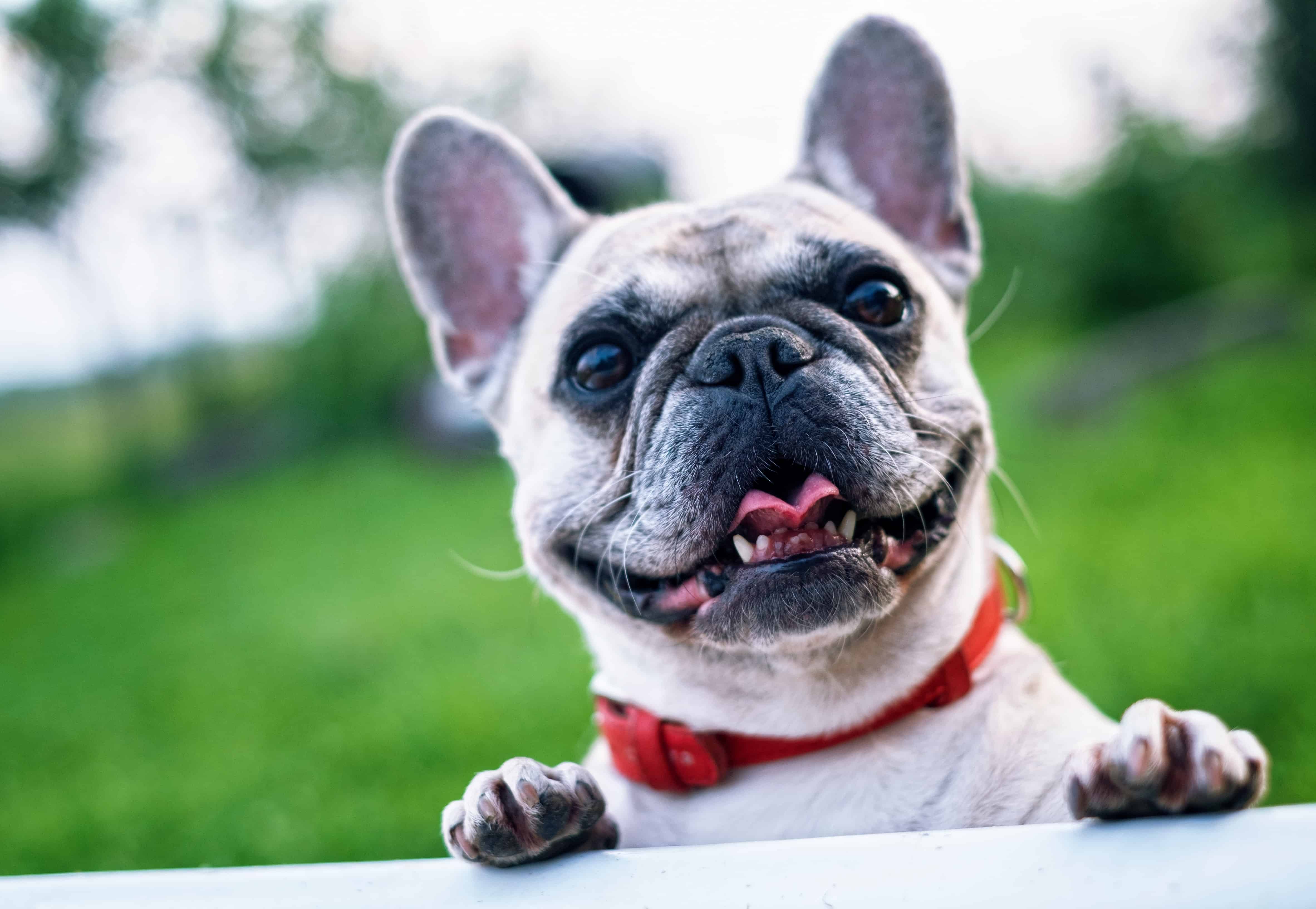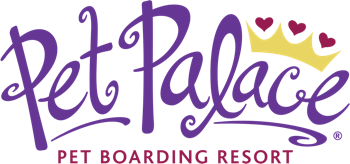Kitchen Safety for Pets: What You Need to Know
Posted by Lora Shaw on March 20, 2023

Cooking is a part of our daily routine, and sometimes our pets like to be around for the process. If your pet is one that hangs around while you prepare breakfast, lunch, dinner, or snacks, be sure to keep reading to learn more about kitchen safety for pets to help keep them out of harm’s way.
5 Tips to Practice Achieving Pet Safety in the Kitchen
Regardless of the age of your furry friend, knowing kitchen safety for pets can help your animal stay away from harm in an area where there is a lot to explore. With this in mind, prioritizing pet safety in the kitchen means more than just avoiding scraps falling to the floor. Discover our favorite tips for creating a space that is pet friendly.
- Know which foods are toxic to pets – While it is okay to share some snacks with your pet, there are certain foods that are toxic to both dogs and cats. This list includes foods like chocolate, grapes, raisins, undercooked eggs and meat, and macadamia nuts. However, there are many other harmful foods, so be sure to find a full list that you trust, or check out this one from ASPCA.
- Practice safety commands – If your pet grabs a food scrap or anything else that might’ve accidentally fallen, they can become ill if they digest it. For this reason, teaching your pet safety commands like “leave it” or “drop it” can save them in a dangerous situation and further emphasize pet safety in the kitchen.
- Make sure the trash can is inaccessible – Dogs and cats tend to scavenge for food, and a popular place for this is trash cans. The best way to prevent such behavior and encourage pet safety in the kitchen is to keep your trash can behind closed doors. If this is not an option, try a child safety lock, or at least have a tall can with a firmly closing lid.
- Create a designated spot – The creation of a “hang out” spot for your dog or cat can keep them out of trouble and prevent them from begging for food scraps. Additionally, it can prevent them from following you around while you are carrying hot pans or other items that can be hazardous.
- Keep cleaning products hidden – Ingesting cleaning products like bleach, alcohol, ammonia, or disinfectants can result in health issues for pets like vomiting, ulcers, and liver damage. The best way to protect pets from harm and encourage pet safety in the kitchen is to lock up your dishwashing soap, disinfecting sprays, cooktop cleaners, and other cleaning products.
Practice Pet Safety Outside of the Kitchen
As we know, pet safety goes way beyond the kitchen. In fact, it is important to make sure your pet is happy and healthy all of the time. Ways to keep your pet safe and happy include making sure they are groomed regularly and supervised while you’re away.
At Pet Palace, we offer premier pet care and boarding for your furry friend. While your pet is with us, you can find comfort in knowing that they will be treated like royalty. Our large team will ensure that your pet receives plenty of supervised playtime, human attention, and personalized attention.
Below, you will find a list of services that we offer in our Pet Palace locations:
- Dog boarding
- Cat boarding
- Doggy daycare
- Pet grooming
- Dog training (Columbus only)
Contact Us Today for More Information on Kitchen Safety for Pets
Whether you want to learn more about pet safety in the kitchen or have a question about our pet care, be sure to reach out to the team at Pet Palace today.

Categories: All Posts, Cats, Dogs, Pet Safety
Archives
Recent Articles
Categories
Monthly Archive
- August 2025
- July 2025
- June 2025
- May 2025
- April 2025
- March 2025
- February 2025
- January 2025
- December 2024
- November 2024
- October 2024
- September 2024
- August 2024
- July 2024
- June 2024
- May 2024
- April 2024
- March 2024
- February 2024
- January 2024
- December 2023
- November 2023
- October 2023
- August 2023
- July 2023
- June 2023
- May 2023
- April 2023
- March 2023
- February 2023
- January 2023
- December 2022
- November 2022
- October 2022
- August 2022
- July 2022
- June 2022
- April 2022
- March 2022
- February 2022
- November 2021
- October 2021
- November 2020
- September 2020
- July 2020
- March 2020
- January 2020
- November 2019
- September 2019
- July 2019
- March 2019
- January 2019
- December 2018
- November 2018
- October 2018
- August 2018
- July 2018
- June 2018
- May 2018
- April 2018
- March 2018
- February 2018
- January 2018
- December 2017
- November 2017
- October 2017
- September 2017
- August 2017
- July 2017
- June 2017
- May 2017
- April 2017
- March 2017
- February 2017
- January 2017
- December 2016
- November 2016
- September 2016
- August 2016
- July 2016
- June 2016
- May 2016
- April 2016
- March 2016
- February 2016
- December 2015
- November 2015
- October 2015
- September 2015
- August 2015
- July 2015
- May 2015
- March 2015
- February 2015
- January 2015
- December 2014
- November 2014
- September 2014
- August 2014
- July 2014
- June 2014
- May 2014
- March 2014
- February 2014
- January 2014
- December 2013
- November 2013
- October 2013
- September 2013
- August 2013
- June 2013
- May 2013
- March 2013
